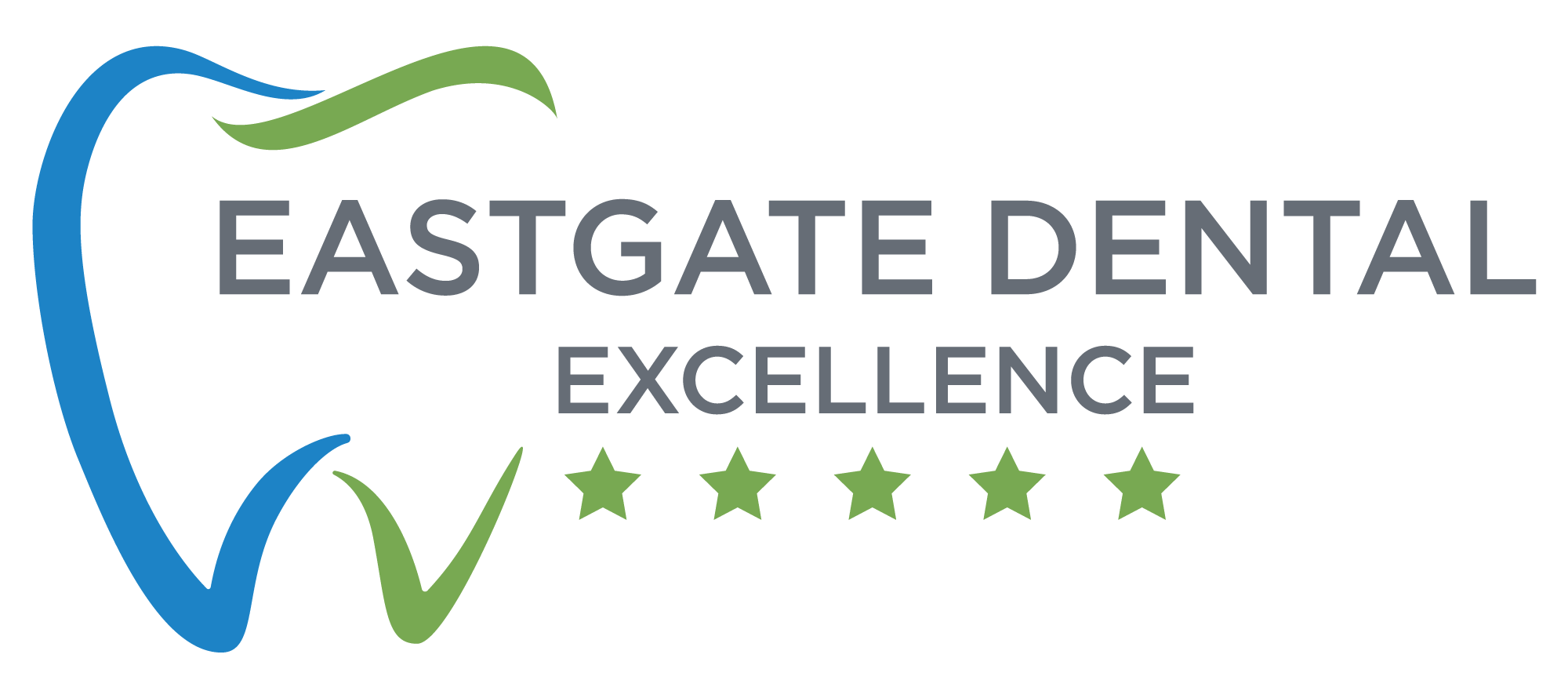Most people today spend more time considering their medical insurance than coverage for their dental health. But when an emergency toothache sends you rushing to a dentist, you’ll be responsible for an unexpected expense unless you carry dental insurance.
A dental insurance plan can help you avoid risk and ensure your teeth are healthy in the many years ahead. Both children and adults will benefit, and with coverage, you’re more likely to schedule beneficial appointments before you need them, saving money in the long run.
Not all insurance plans are alike when it comes to coverage, however. Each one can vary from limited coverage to more inclusive options. Monthly premiums and out-of-pocket expenses will also vary depending on the plan level you choose.
Selecting the level of coverage needed by you and your family is one of the best ways to contribute to everyone’s overall health and well-being.
Whether you have an employer-based or standalone dental plan, the following are the most common procedures covered.
Preventive Dental Care
Preventive dental care is regularly scheduled procedures to ensure your teeth stay in top condition. This care also identifies any issues, like cavities, gum disease, or a fractured tooth, that may need attention to avoid pain or difficulties in the near future.
Insurance will usually cover between 80-100% for preventive dental care procedures, including:
- Teeth Cleanings: Scheduled cleanings are one of the best ways to maintain your dental health year after year. Insurance will cover 1-2 cleanings per year. For those needing a deeper cleaning or more frequent ones due to health issues like diabetes, you may need to pay the total amount or just a portion of the cost.
- Oral Exams: Regular oral exams are the best way to know where you are in your dental health. These exams identify any issues or potential issues. Most insurance coverage allows for 1-2 dental exams per year.
- X-rays: Diagnostic x-rays are a reliable tool for dentists to see everything going on in your mouth, including cavities. Standard insurance coverage pays for full x-rays every two years. Many plans today also cover the modern usage of digital radiography, the use of computer technology and digitized sensors to take images.
- Sealants: Dental sealants are a protective measure, especially for children, to prevent tooth decay and damage. Most, like fluoride treatments, are often covered by insurance.
Basic Dental Care
Basic issues identified during your preventive care include cavities and the need to replace fillings. Extractions are also considered part of basic dental care.
Insurance will usually cover between 50-70% of these procedures.
- Dental Fillings: Perhaps the most common dental procedure beyond preventive care is dental fillings. These can be silver amalgam or white porcelain fillings. Insurance usually covers 50-70%, depending upon the type.
- Extractions: Simple tooth extractions of broken or impacted teeth may be covered up to 50% of the cost.
Major Dental Care
Occasionally you may need major dental care, which requires a more in-depth procedure by your dentist. Depending on your plan level, some or all of the following may be covered by your insurance.
- Crowns: Crowns are often associated with other procedures, like root canals. Expect insurance to pay around 50% for ceramic crowns or other types.
- Root Canals: Costs for root canals often depend on where the tooth is located. For example, molars will cost more than front teeth. Dental insurance may cover 50% of whatever the cost is.
- Dental Bridges: To stabilize and support sections of your teeth, your dentist may recommend building a dental bridge. Insurance can cover up to 50%, depending on the plan level you select.
- Dental Implants: A way to replace missing teeth, dental implants may be covered by insurance by up to 50%.
- Dentures: Insurance may include partial coverage for dentures.
Orthodontia
Different levels of coverage exist for orthodontia and can be used for both children and adults. Orthodontics, however, usually has a separate maximum, so be sure to review your coverage to know what to expect if you anticipate needing these services.
- Braces or Aligners: Some insurance plans cover the costs associated with braces or aligners, such as Invisalign, up to 50%.
For other procedures such as periodontal treatment, you may need to purchase additional insurance or pay out-of-pocket.
Insurance coverage also comes with a cap, or annual maximum, on what the plan will pay per year. For amounts over that, you will need to pay at the time of service.
Knowing what your insurance covers and what it excludes helps you plan and budget for things down the road. Unexpected dental procedures and emergencies happen, but with insurance, the amount you pay will be considerably less than without it.
Schedule Your Appointment with Eastgate Dental Excellence Today!
Eastgate Dental Excellence in Cincinnati focuses on your dental health as well as creating a beautiful smile you can be confident to share.
With the latest dental technology to meet your every dental need, we provide you with the individualized care and attention you deserve. We also accept many traditional insurance plans and will be glad to discuss what your plan covers.

